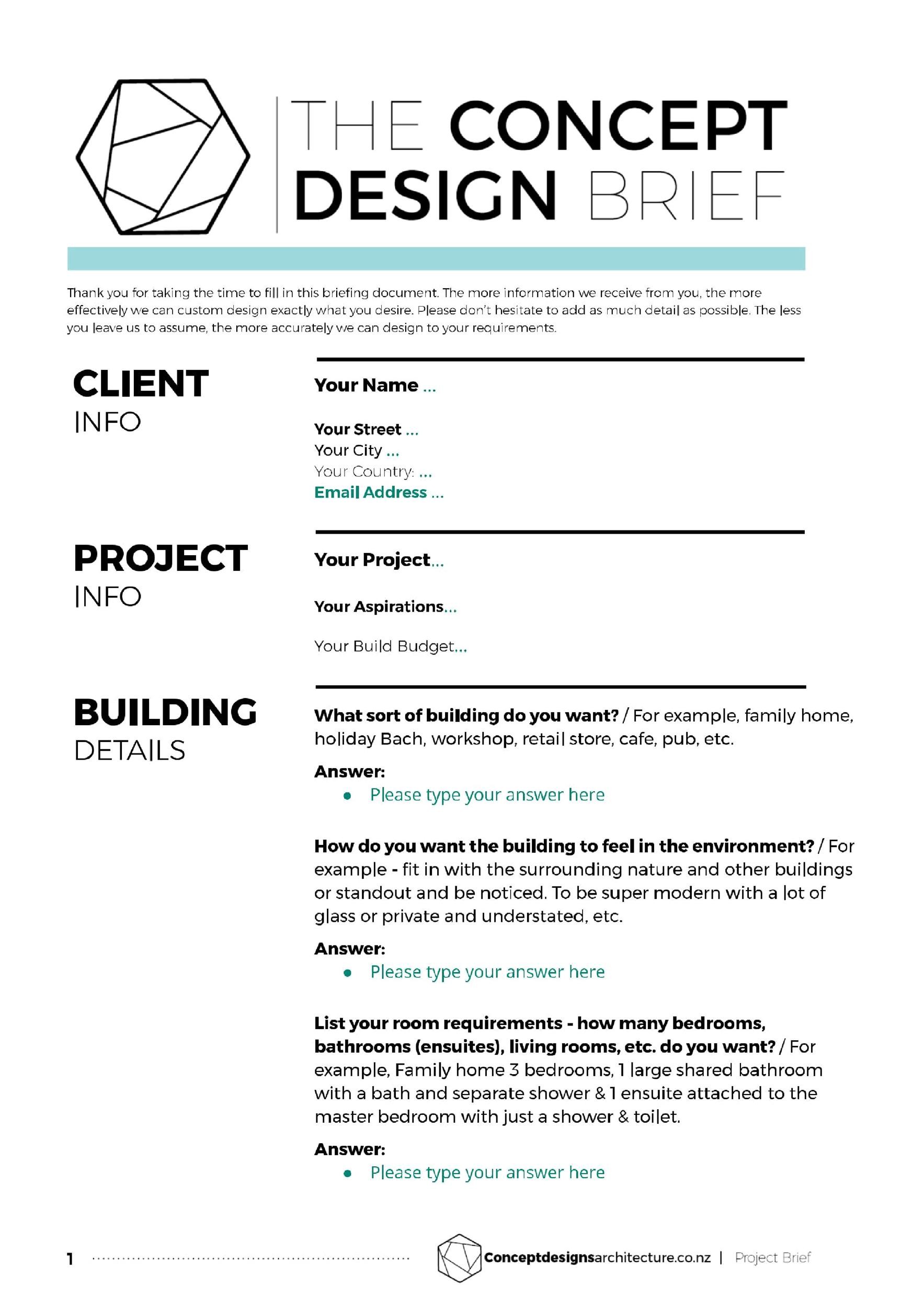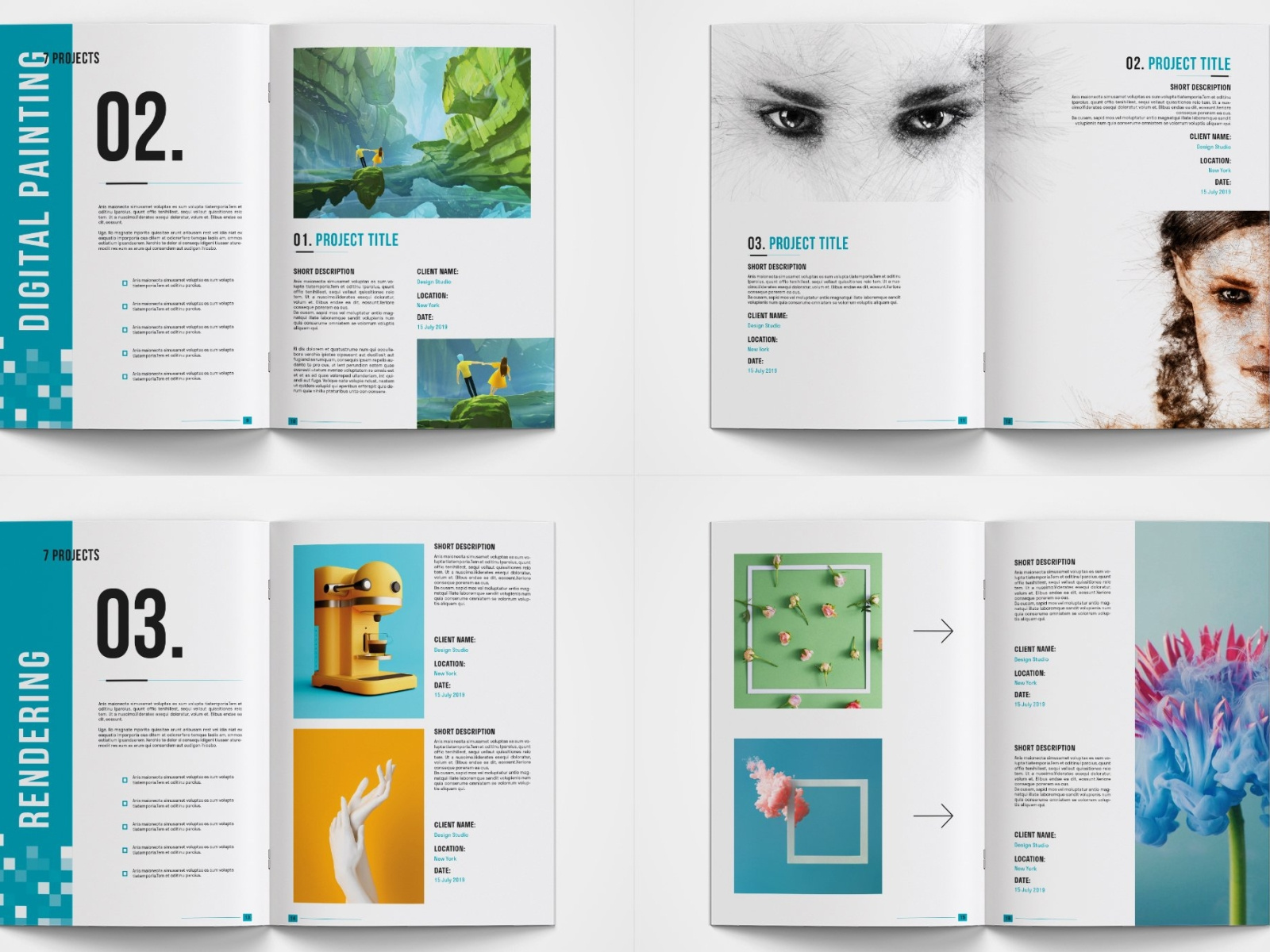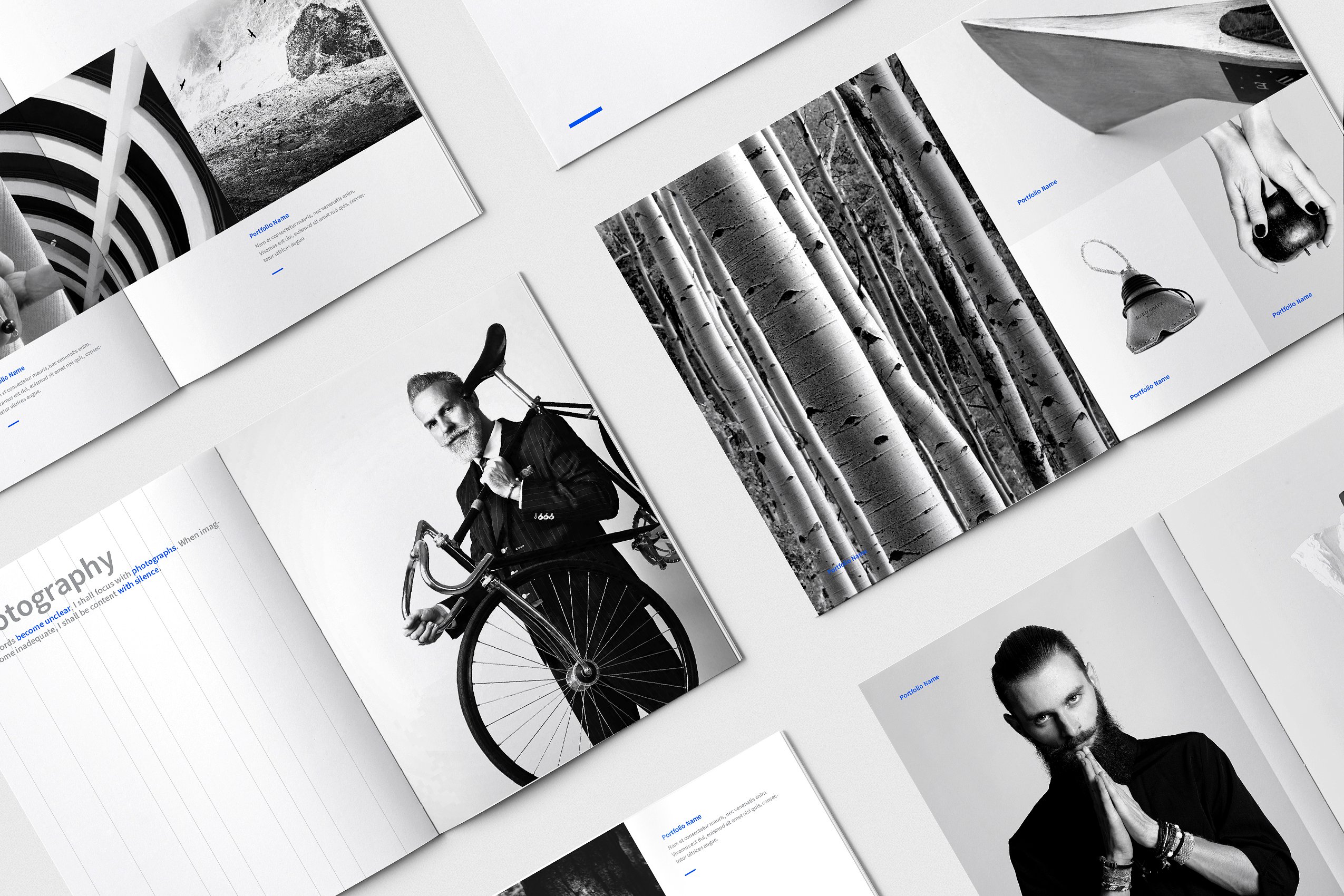Brief graphic design is the art and practice of creating visual content to communicate messages and ideas to a specific audience. It involves combining typography, images, and other visual elements to create a cohesive and compelling visual representation of a concept or brand.
Some common applications of brief graphic design include advertising, branding and identity design, website design, packaging design, and publication design. The design process typically involves several stages, including research, concept development, sketching and prototyping, refinement, and final execution.
Graphic designers use a range of tools and software to create their designs, including Adobe Creative Suite, Sketch, and Canva. They also rely on their creativity, technical skills, and knowledge of design principles to produce effective and engaging visual content.
Will graphic designers be needed in the future
 Yes, graphic designers will still be needed in the future. While technology continues to evolve and automate certain aspects of design, there will always be a need for human creativity and expertise in visual communication.
Yes, graphic designers will still be needed in the future. While technology continues to evolve and automate certain aspects of design, there will always be a need for human creativity and expertise in visual communication.
Furthermore, graphic designers are not just limited to creating visual designs for print or digital media. They can also work in areas such as branding, user experience design, packaging design, and environmental design, among others. As long as there is a need for businesses and organizations to communicate visually with their audiences, there will be a need for skilled graphic designers.
Design brief for graphic designers
 Here a sample brief graphic design:
Here a sample brief graphic design:
Design Brief
Project Title:
Client Name:
Project Overview: Please provide a brief description of the project, including the purpose, target audience, and any specific requirements or goals.
Objectives: What are the key objectives of this project? What do you hope to achieve with the design?
Target Audience: Who is the target audience for this design? Please provide as much detail as possible, including age, gender, location, interests, etc.
Design Elements: What specific design elements are required for this project? For example, logos, colors, fonts, imagery, etc.
Design Guidelines: Are there any specific design guidelines or restrictions that need to be followed? For example, brand guidelines, design style, etc.
Deliverables: What specific deliverables are required for this project? For example, print materials, digital graphics, social media assets, etc.
Timeline: What is the timeline for this project? Are there any specific milestones or deadlines that need to be met?
Budget: What is the budget for this project? Are there any specific limitations or constraints that need to be considered?
Contact Information: Please provide your contact information, including name, email, phone number, and any other relevant details.
Will graphic design be automated
 Graphic design is a complex and creative field that involves a lot of human intuition, problem-solving, and visual communication skills. While some aspects of graphic design can be automated using algorithms and artificial intelligence, it is unlikely that the field will be completely automated in the near future.
Graphic design is a complex and creative field that involves a lot of human intuition, problem-solving, and visual communication skills. While some aspects of graphic design can be automated using algorithms and artificial intelligence, it is unlikely that the field will be completely automated in the near future.
Automation technology has already been used to create certain types of designs, such as logos and website layouts, but these automated designs often lack the creativity, uniqueness, and emotional impact that a human designer can provide.
Moreover, graphic design is not just about creating aesthetically pleasing designs; it also involves understanding and interpreting client needs, considering cultural and social contexts, and creating designs that effectively communicate a message or convey a brand identity. These aspects of graphic design require human insight and judgement, which cannot be replicated by machines.
Therefore, while automation technology may have some impact on the field of graphic design, it is unlikely to fully replace human designers anytime soon.
Who does a graphic designer report to
A graphic designer typically reports to a creative director, art director, or design manager. Depending on the size and structure of the organization, they may also report to a marketing director, brand manager, or project manager. In some cases, a graphic designer may report directly to a business owner or CEO, especially in smaller companies or startups. The specific reporting structure may vary depending on the industry, company, and job responsibilities of the graphic designer.
How long does graphic design take
 The length of time it takes to become a graphic designer depends on various factors such as educational attainment, skills and knowledge, and experience in the field. According to [1], obtaining a bachelor’s degree, which usually takes four years of education, is the typical path to become a graphic designer. However, some may opt for shorter courses or bootcamps that range from a few weeks to a few months, as indicated in. It is essential to have foundational skills and knowledge of design and a strong portfolio to begin freelancing, as mentioned in the same source.
The length of time it takes to become a graphic designer depends on various factors such as educational attainment, skills and knowledge, and experience in the field. According to [1], obtaining a bachelor’s degree, which usually takes four years of education, is the typical path to become a graphic designer. However, some may opt for shorter courses or bootcamps that range from a few weeks to a few months, as indicated in. It is essential to have foundational skills and knowledge of design and a strong portfolio to begin freelancing, as mentioned in the same source.
Moreover, the time it takes to complete a graphic design project may vary depending on the project’s complexity and scope. According to, designing a landing page from scratch may take around 8-10 hours, while redesigning one can take 4-6 hours. It is important to note that these estimates are based on data and experience working with over 114 clients and 1,700 design projects since 2019.
In summary, the length of time it takes to become a graphic designer can range from a few weeks to several years, depending on the individual’s approach. Likewise, the time it takes to complete a graphic design project varies depending on the project’s complexity and scope.
Why graphic design is important?
 Graphic design is an essential tool that enhances how we communicate with other people. It combines art and technology to create visual content for all kinds of projects, from websites to print ads. In this response, we will discuss why graphic design is important based on the provided web search results.
Graphic design is an essential tool that enhances how we communicate with other people. It combines art and technology to create visual content for all kinds of projects, from websites to print ads. In this response, we will discuss why graphic design is important based on the provided web search results.
Firstly, graphic design helps to create a first impression that can amplify a brand identity, boost sales, and enhance trust and credibility. A well-designed brand logo, website, or advertisement can catch people’s attention and make them interested in a product or service. It can also establish a professional and trustworthy image for the brand, which can encourage customers to choose it over its competitors.
Secondly, graphic design is essential because it allows us to communicate our message with ease. Effective graphic design can convey complex ideas and information in a visually appealing and understandable way. It can also help to organize information and make it easier to digest.
Thirdly, graphic design websites is also important because it can set a brand apart from its competitors. A unique and memorable design can make a brand stand out and be more easily recognized by customers. This can also help to establish brand loyalty, as customers may be more likely to choose a brand that they recognize and trust.
Finally, graphic design is important because it influences people’s opinions and choices on a subconscious level. When used correctly, branding can have a powerful impact on how people perceive a product or service. It can evoke certain emotions or associations, which can influence people’s decisions without them even realizing it.
In conclusion, graphic design is important for a variety of reasons. It helps to create a strong brand identity, communicate ideas effectively, set a brand apart from its competitors, and influence people’s opinions and choices. It is an essential tool for businesses and individuals who want to make a lasting impact in today’s visually-driven world.
Graphic design portfolio
 Here some tips and suggestions to help you create effective graphic design portfolios:
Here some tips and suggestions to help you create effective graphic design portfolios:
- Choose your best work: Only include your best work in your portfolio. It’s better to have a smaller number of high-quality pieces than a larger number of mediocre ones.
- Show your process: Include sketches, drafts, and any other work that shows your design process. This helps potential clients or employers understand how you approach your work.
- Organize your portfolio with graphic design softwares: Group your work into categories, such as branding, web design, editorial design, etc. This makes it easier for people to find what they’re looking for.
- Show variety: Showcase a range of projects that demonstrate your versatility as a designer. Include work that reflects different styles, techniques, and mediums.
- Keep it simple: Make sure your portfolio is easy to navigate and visually appealing. Avoid clutter and keep the focus on your work.
- Context is key: Provide context for each project, including the brief, goals, and any challenges you faced. This helps people understand the reasoning behind your design choices.
- Update regularly: Keep your portfolio up to date with your latest work. Regularly adding new pieces shows that you’re active and always improving your skills.
Remember, your portfolio is a representation of your skills and abilities as a graphic designer and it can be set up with free graphic design softwares. Put time and effort into creating a portfolio that showcases your best work and highlights your strengths.
Frequently Asked Questions
How crucial is a design brief in graphic design?
A design brief is the foundation of any successful graphic design project. It provides clarity, outlines expectations, and serves as a guiding document throughout the creative process.
Can I deviate from the design brief during the creative process?
While some flexibility is allowed, straying too far from the design brief can result in misalignment with client expectations. Communication is key; ensure any deviations are discussed and approved.
What role does storytelling play in brief graphic design?
Storytelling is integral to engaging design. It helps create a narrative that resonates with the audience, making the design memorable and impactful.
How can I choose the right color palette for a design brief?
Consider the brand’s identity, target audience, and the emotions you want to evoke. Harmonize colors that align with the brand and create the desired emotional response.
Is typography important in brief graphic design?
Absolutely. Typography sets the tone for the message. Choose fonts that align with the brand and ensure readability, contributing to the overall visual appeal.
How does brand consistency impact the success of a design project?
Brand consistency builds trust and recognition. It ensures that all design elements align with the brand, creating a cohesive and professional image.
Conclusion
In conclusion, Brief Graphic Design is the compass that guides designers through the vast landscape of creativity. Mastering the art of translating ideas into visuals requires a deep understanding of design principles, effective communication, and the ability to balance creativity with constraints. As you embark on your graphic design journey, let the design brief be your North Star, guiding you to unparalleled creative heights.

